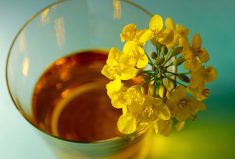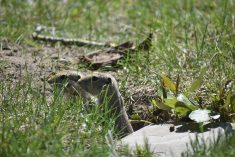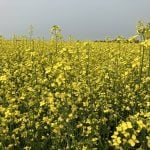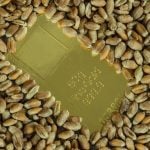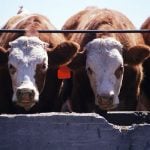Yellow mustard, compared and contrasted against other canola and mustard types in a recent Prairie study, comes out on top in terms of suppressing weed growth around it.
But the message farmers should take from this three-year plot study, done by federal ag department researchers at sites in Saskatchewan and Alberta, is the wide range in canola and mustard varieties’ power to suppress weeds — and the traits farmers should look for in varieties as part of an integrated weed management plan, the study’s authors wrote.
The study, published in the March issue of the journal Weed Technology, compared crops on plots at Saskatoon, Swift Current and Scott, Sask., and at Lethbridge, Alta.
Read Also

U.S. grains: Corn backs away from gains at close
Chicago | Reuters — U.S. corn futures climbed to a 6-1/2 week high on Friday on short covering ahead of…
Defining “suppression” as the lowest weed density per square metre at crop maturity, yellow mustard cultivars came out ahead of oriental mustard, hybrid canola, open-pollinated canola and canola-quality mustard, in their order of “weed-suppressive ability,” the researchers found.
“Differences in weed-competitive ability among crop types, such as yellow mustard and canola-quality mustard, tended to be greater than differences among cultivars within a crop type,” the plant and weed scientists wrote. The local weed communities differed between research stations, they noted.
Individual oilseed varieties, especially canola, have a relatively short lifespan in terms of their availability in the seed marketplace, the researchers said. Thus, it may be more useful for farmers to look at individual varieties for indicators of weed competitiveness — such as time to emergence, accumulation of biomass, or plant height — rather than just “stating that cultivar ‘X’ is more weed competitive than cultivar ‘Y’,” they wrote.
“Thus, cultivars introduced in the future that emerge quickly after germination, are tall, and have rapid early-season biomass accumulation might best be able to suppress weed growth and interference,” they wrote.
Such varieties, they said, could contribute “significantly” in an integrated weed management system, combined with reduced pesticide use, in oilseed crop production.
The study team included Saskatoon plant scientist Hugh Beckie, Scott weed biologist Eric Johnson, Lethbridge weed scientist Robert Blackshaw and Swift Current agronomist Yantai Gan, all with Agriculture and Agri-Food Canada. The study was done on various clay loam and loam soils between 2003 and 2005, but was repeated in 2006 at Scott after those plots were hailed out in 2005.
Weed Technology is a journal of the Weed Science Society of America.



